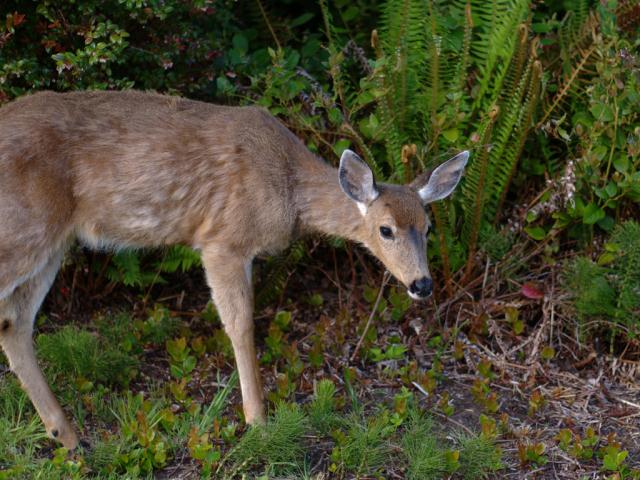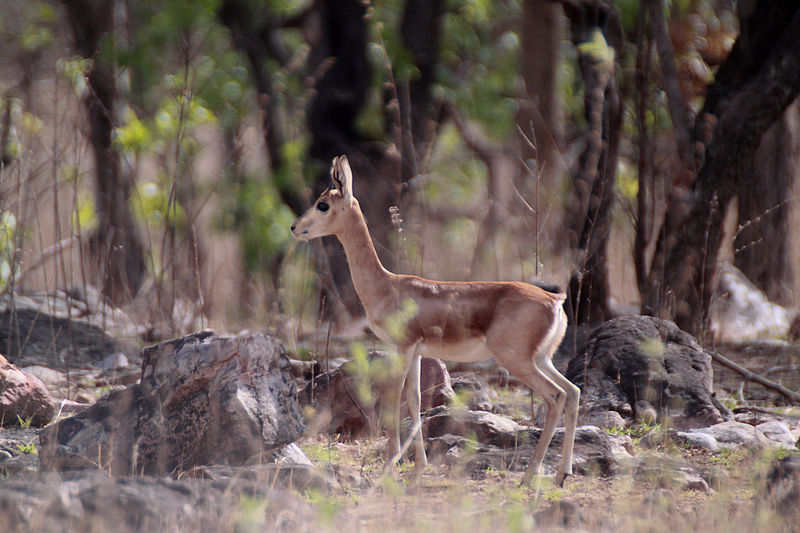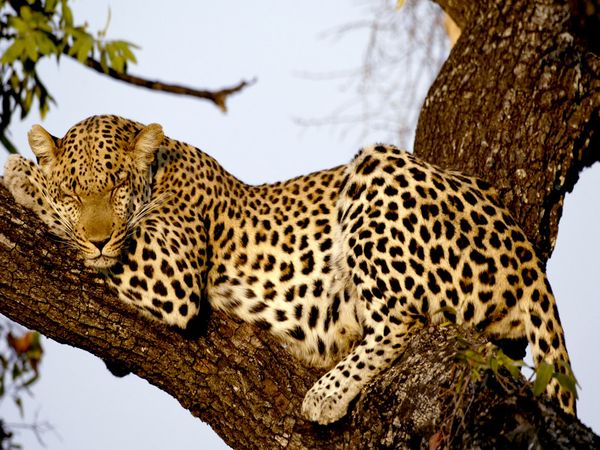|
 |
|
Welcome |
|
Rajasthan
Tours |
|
|
|
|
|
|
|
|
|
|
|
|
|
|
|
|
|
|
|
|
|
|
|
|
|
 |
|
Jaisamand
Sanctuary |
|
Introduction
of Jaisamand Sanctuary |
|
Rajasthan is as famous for its wildlife sanctuaries as for is forts
and palaces. On the one hand the regal charm enchants you in total
bliss and on the other hand it also gives you the delight of the
nature which has a completely different definition for its ambience.
When we are talking about the wildlife sanctuaries we are incomplete
if we are not discussing about the Jaisamand Sanctuary in Rajasthan.
Jaisamand Sanctuary is situated at a distance of 51 km south east of
Udaipur and spread over an area of 160 square km. Jaisamand Sanctuary
was introduced in the year 1957. This sanctuary is the habitat of
innumerable species. The species include sloth bear, leopard, chital,
chinkara, wild boar and a wide variety of the birds that breed here
such as darter, open bill stork, pond heron, little cormorant and
Indian Shag. The aquatic life and the amphibians are also found in the
lake such as the fish and the crocodiles. The Jaisamand sanctuary is
situated besides an artificial lake, which is popularly referred to as
Dhevar Lake. Jaisamand Lake, also called as Dhebar, is situated 52km
south east of Udaipur and was founded by Maharaja Jai Singh in 1685.
Legend has it that Rana Jai Singh build the Dhebar Lake to provide a
perfect backdrop for a summer retreat - "Rubi Rani Ka Mahal". Dhebar
lake is the second largest artificial lake in Asia covering an area of
36sqkm. The lake remained the largest artificial lake in the world
till the building of the Aswan dam in Egypt. The statistics of the
lake is very amazing – 9 miles in breadth, 102 feet deep at its
deepest end, a circumference of 30 miles with elegant marble
staircases leading to the water and marble Chhatri (cenotaphs) on its
bank and a small Shiv temple marks the grace of this lake. On either
side the palaces are built for the kings favourite queens. On the dam
there are six exotic cenotaphs and a Shiva temple in the centre. The
northern end of the lake has a palace with a courtyard while its
southern end has a pavilion of 12 pillars. The hills to its south have
grand palaces that have an excellent view of the lake. Tourists can
enjoy the beauty of the lake by motor boats or simply play with its
water by diving and swimming.
Today if one is planning to visit Dhebar Lake, one is sure to fall in
love with this rather beautiful lake. For the adventurous tourists,
there are seven islands on this lake and the most colourful tribe of
Rajasthan – The Bhil Minas inhabit all. Two bigger islands are called
Babaka Bhagra and a smaller is called Piari. There is a bund on the
lake, which has to be introduced due to its sheer size – 1202 feet
long, 116 feet high and 70 feet broad at the base.
|
|
Attractions of Jaisamand Sanctuary |
|
The forests
around Jaisamand, which were once the hunting grounds of Maharanas of
Mewar, have now been changed into a game sanctuary. This sanctuary was
builtup in 1957.This sanctuary lies just beside the artificial
Jaisamand Lake and covers an area of about 62sq km. This lake welcomes
a wide variety of resident and migratory birds and is also home to the
cunning crocodiles. The Jaisamand Wild life sanctuary is a home for
different species of animals like 'Panther', 'Wild Boar', ‘Deer from
horned 'Antelopes' (a rare species to be seen) 'mongoose' etc. The
leopard, hyena, jungle cat, fox and wolf are among the carnivores of
the sanctuary. The surrounding forest is infested with leopard,
cheetal (spotted deer), chinkara (Indian Gazelle) and wild boar. The
Jaisamand Lake is the abode of crocodiles, turtles and a variety of
fish. The island resort here is worth to visit after an adventurous
trek in the wild for a close encounter with the fauna. Jeep rides are
the best. A tourist bungalow, a forest rest house and a hotel provide
accommodation to the enthusiastic wildlife watchers.
Jaisamand Sanctuary of Rajasthan is the perfect resort for the nature
lovers and the wildlife explores who want to see the species in their
totally natural atmosphere. One another sanctuary here called the game
sanctuary which located in the vicinity of Jaisamand sanctuary and
stretches over an area of 45 kms and has a road through which
the motors could be driven. This sanctuary is the home of the wild
animals which includes panthers, wild bear, spotted dear, sambars and
many more.
|
|
Location and Transport of Jaisamand Sanctuary in Rajasthan, India |
|
Jaisamand
Sanctuary is situated at a distance of 51 km south east of Udaipur.
Udaipur attract domestic as well as international tourists due to a
number of historical and religious land marks within the city as well
as in the vicinity That’s why udaipur is very well connected to the
major cities of India by road, Air and Rail.
Udaipur By Road:
Udaipur falls on the Golden Quadrilateral, lying midway between Delhi
and Mumbai on National Highway (NH) 8 and is around 650 km from either
metro. The roads in this part of the country are really nice, paved in
the middle, and fit for self-driving. One can either drive from Jaipur
(around 7 hours) or Ahmedabad (4-5 hours), or take a Rajasthan Tourism
bus from India Gate in Delhi.
Udaipur by Air:
Dabok airport is 24 km from the city centre. Daily flights connect
Udaipur with Jodhpur, Jaipur, Aurangabad, Mumbai and Delhi. The
Airport is going through modernization project and soon going to have
a new terminal building with additional 4 stands.
Udaipur By Train:
Train connectivity is established between Delhi, Jaipur and Ahmedabad
through trains run by Indian Railway. Recently Udaipur got connected
with Delhi Kota and Mathura with superfast Mewar express on broad
gauge line. Udaipur is now also connected with the Kolkatta, by the
train "Ananya Express".
Facts of Jaisamand Sanctuary of Rajasthan in India
Total Area: 52 sq. km
Best time to visit: Best time to visit this Sanctuary is
November to April.
Nearest Town: Udaipur
Species found: Leopard, Hyena, Jungle Cat, Fox, Wolf, Sambar,Chital,
Langur, Chinkara.
|
|
Accommodation and other facilities: |
|
Fortunately
for tourists, accommodation is not a problem in Udaipur. The town (not
the park) has a number of guest houses, forest lodges and hotels,
including some luxurious heritage properties. Besides the
accommodation in the town, there are two forest lodges and two
restaurants within the park. The restaurants are however, extremely
basic and it’s advisable to bring your own food if you plan to spend
the entire day within the park.
|
 |
 |
|
Chinkara |
Leopard |
|
|
|
|
|
|